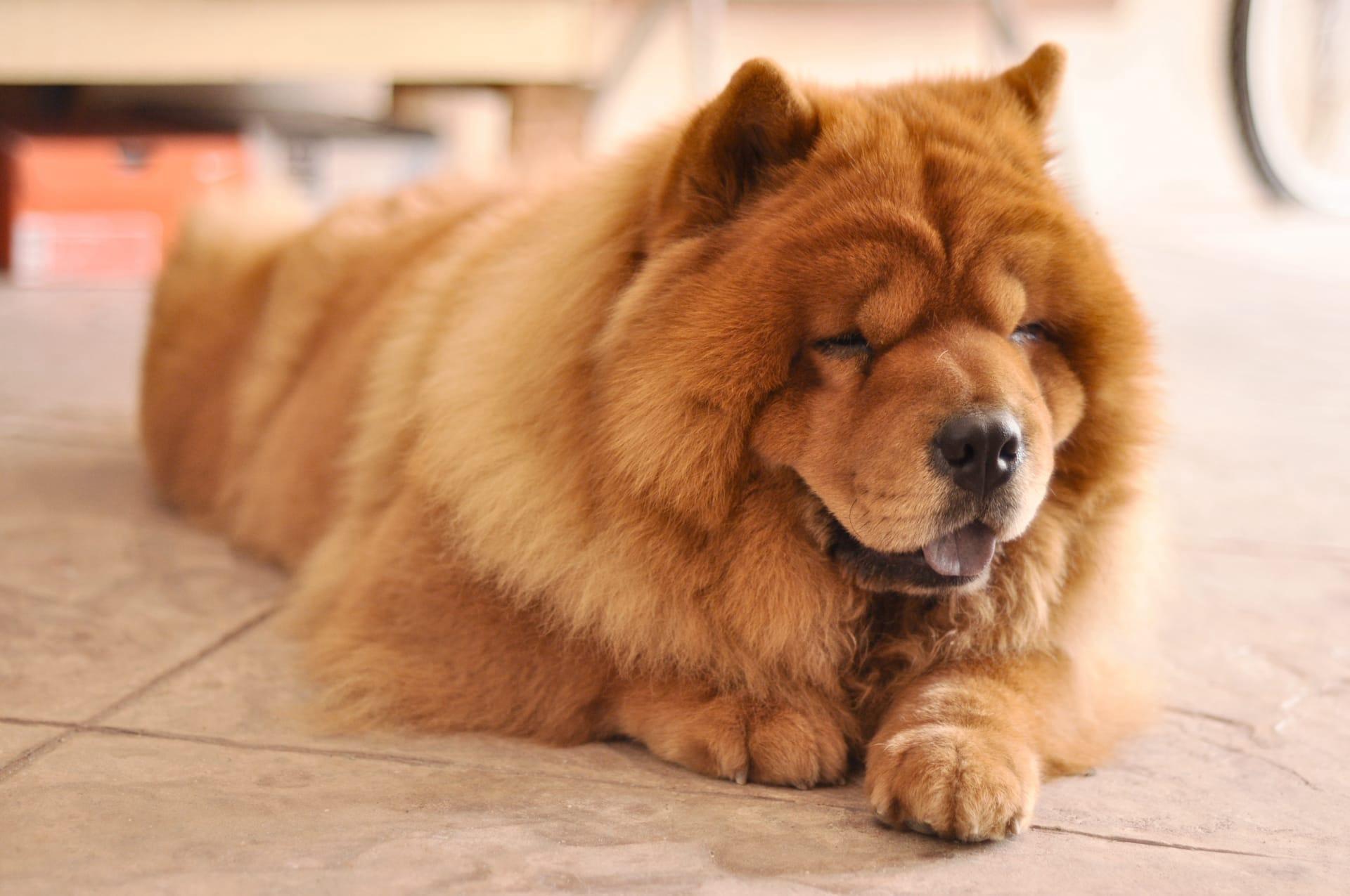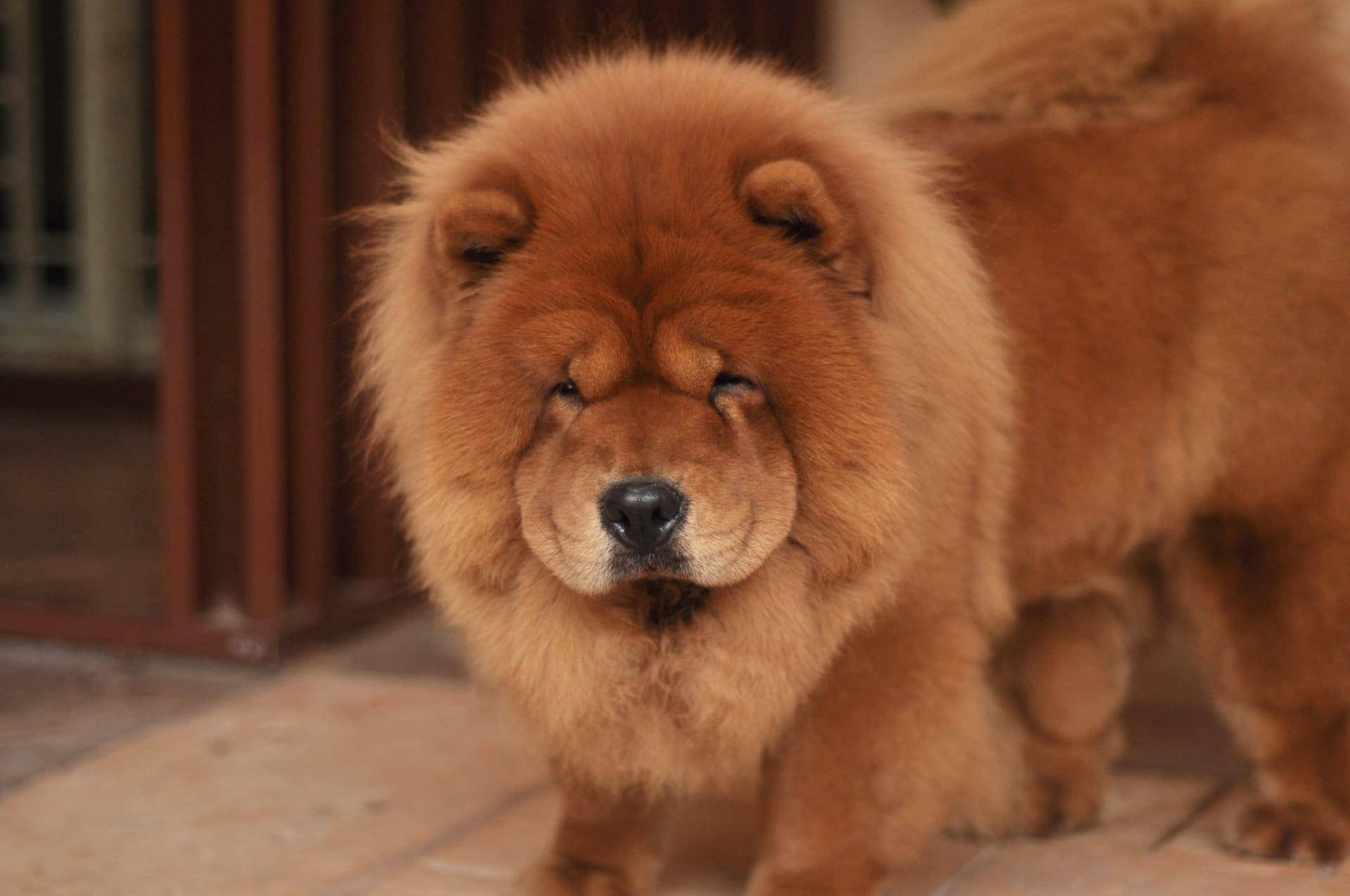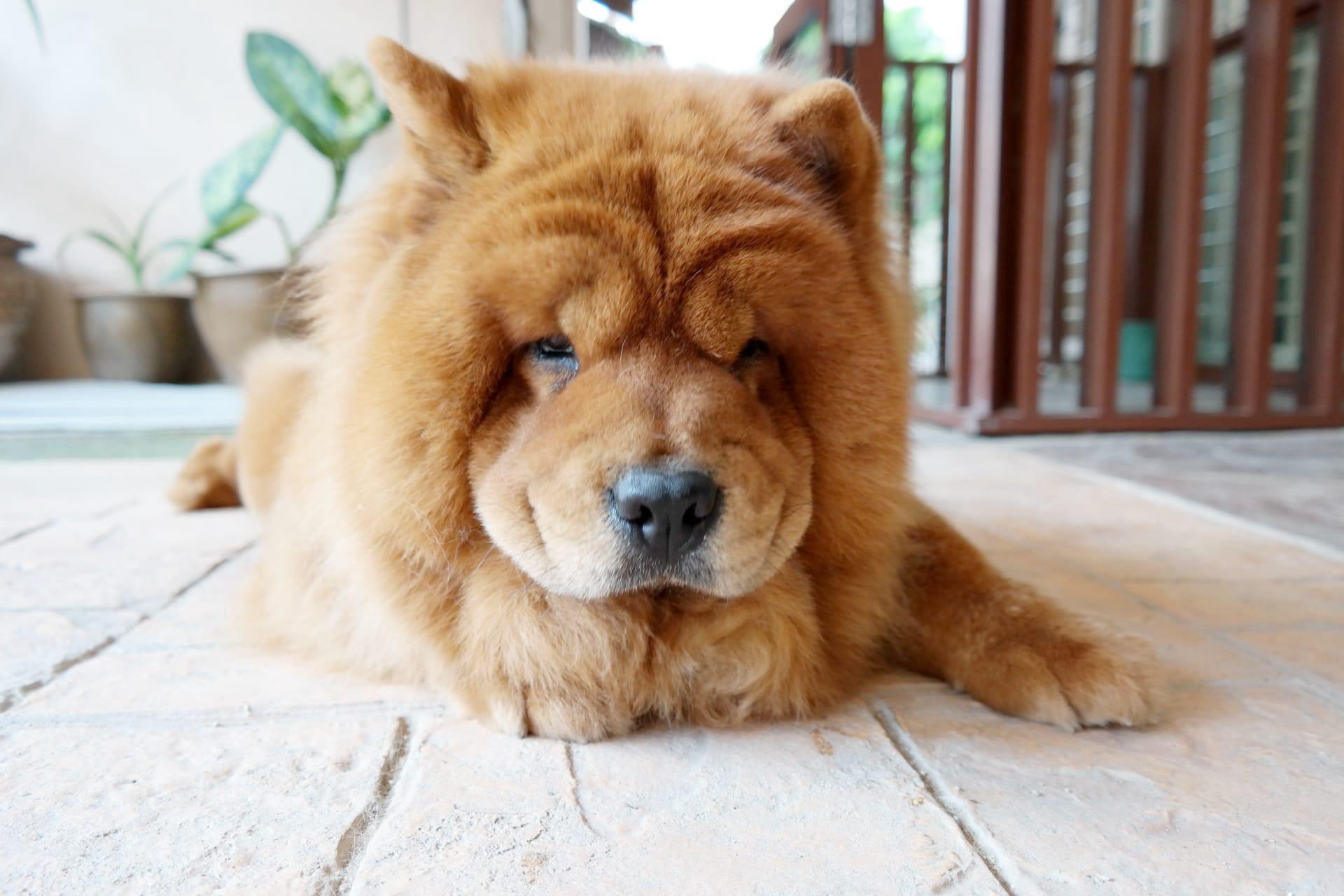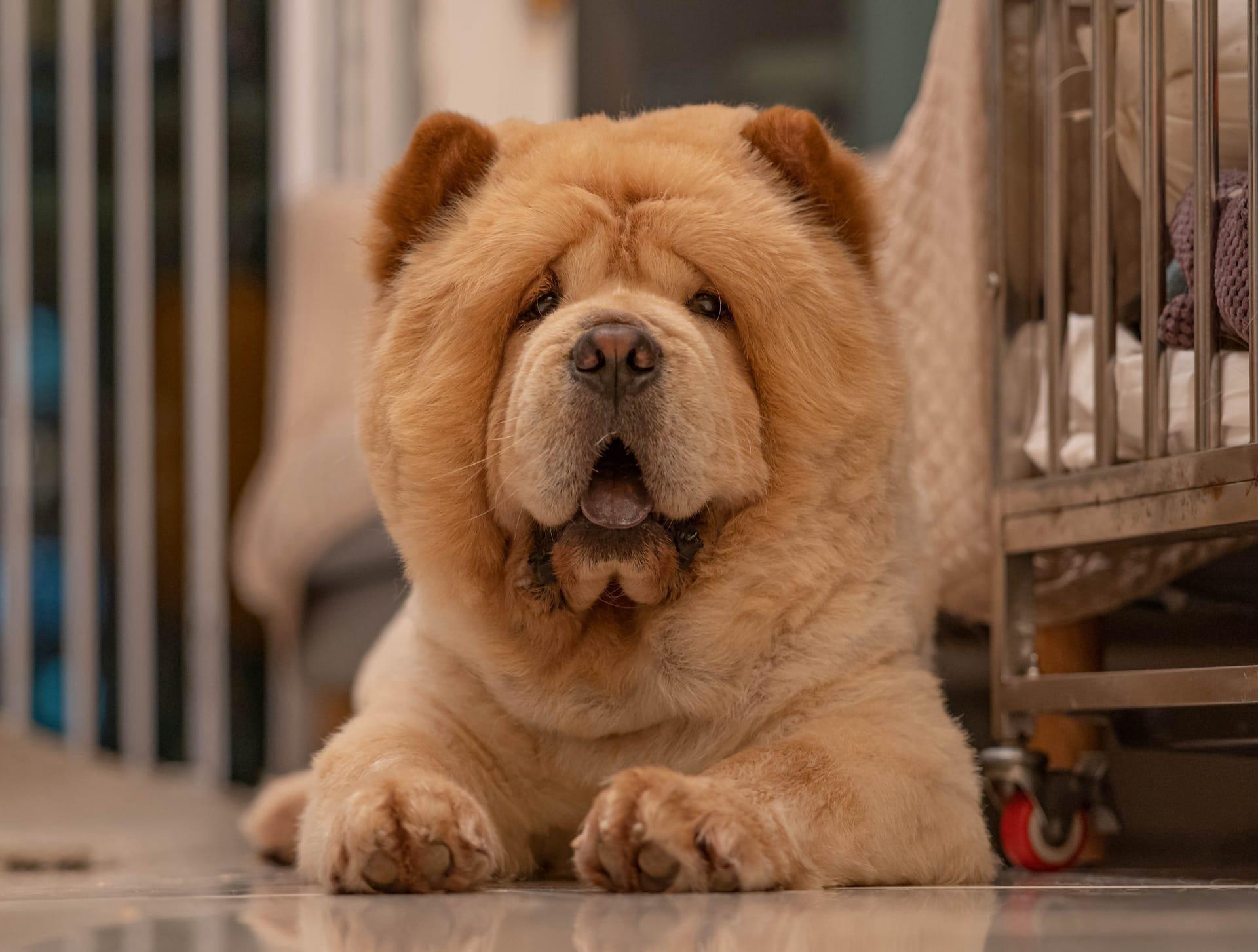Chow Chow Trivia
- Home /
- Trivia Question /
- Animal /
- Chow Chow Trivia
1
Question: What distinguishes the coat of a Chow Chow from other dog breeds?
Answer: The Chow Chow's coat is unique due to its dense, thick nature, often described as lion-like. This double-layered coat comes in various colors, including red, black, blue, cinnamon, and cream. The fur is particularly thick around the neck, giving the breed a distinctive mane. Each hair strand measures approximately 3-4 inches in length in adult dogs, contributing to its plush appearance.
Question: Are Chow Chows' tongues naturally blue?
Answer: Yes, one of the most remarkable features of the Chow Chow is its blue-black tongue. This distinct coloring starts to develop when they are 8-10 weeks old and is not due to any pigmentation enhancement. The blue-black color is a result of pigmented cells, similar to how humans have different skin colors. This trait is rare and shared with only a few other breeds.

2
Question: Is it true that Chow Chows are naturally aggressive?
Answer: This is a common misconception. Chow Chows are not inherently aggressive but are known for their aloof and independent nature. Their behavior is often a reflection of their upbringing and environment. Socialization and training from a young age are crucial for them to develop well-rounded personalities. With proper training, they can be as friendly and sociable as any other breed.
Question: Do Chow Chows require minimal exercise due to their size?
Answer: Despite their fluffy appearance and medium size, Chow Chows require regular exercise to maintain their health and happiness. They benefit from daily walks and play sessions. A moderate exercise regimen, including at least 30 minutes of physical activity per day, is recommended to prevent obesity and keep them mentally stimulated.

3
Question: How do Chow Chows fare in hot weather?
Answer: Chow Chows, with their thick fur coats, are more suited to cooler climates. In hot weather, they can be prone to overheating and require special care. It's important to provide them with a cool, shaded area, access to fresh water at all times, and to limit their outdoor activities during peak heat hours. Air conditioning and cooling mats can also help in keeping them comfortable.
Question: What is the average lifespan of a Chow Chow?
Answer: The average lifespan of a Chow Chow is around 8 to 12 years. However, with proper care, a healthy diet, regular veterinary check-ups, and adequate exercise, some Chow Chows can live longer. Genetic factors also play a significant role in determining their lifespan.

4
Question: Are Chow Chows suitable for families with small children?
Answer: Chow Chows can be good family pets, but their interaction with small children should be supervised. Due to their reserved nature, they might not tolerate rough play. Early socialization and positive experiences with children can help them become more comfortable around young family members.
Question: How much grooming does a Chow Chow require?
Answer: Given their thick double coats, Chow Chows require significant grooming to maintain their fur's health and appearance. Daily brushing is recommended to prevent matting and reduce shedding. During their shedding seasons in spring and fall, they may require more frequent grooming. Regular ear cleaning, nail trimming, and dental care are also important.

5
Question: Can Chow Chows live comfortably in an apartment?
Answer: Chow Chows can adapt to apartment living provided they receive sufficient exercise and mental stimulation. They are relatively inactive indoors and do not require a large yard. However, regular walks and playtime are essential to keep them happy and healthy.
Question: Do Chow Chows bark a lot?
Answer: Chow Chows are not known to be excessive barkers. They tend to bark only when necessary, such as to alert their owners of strangers or unusual activities. This trait makes them good watchdogs. However, like any dog, individual temperament and training play a significant role in their barking behavior.